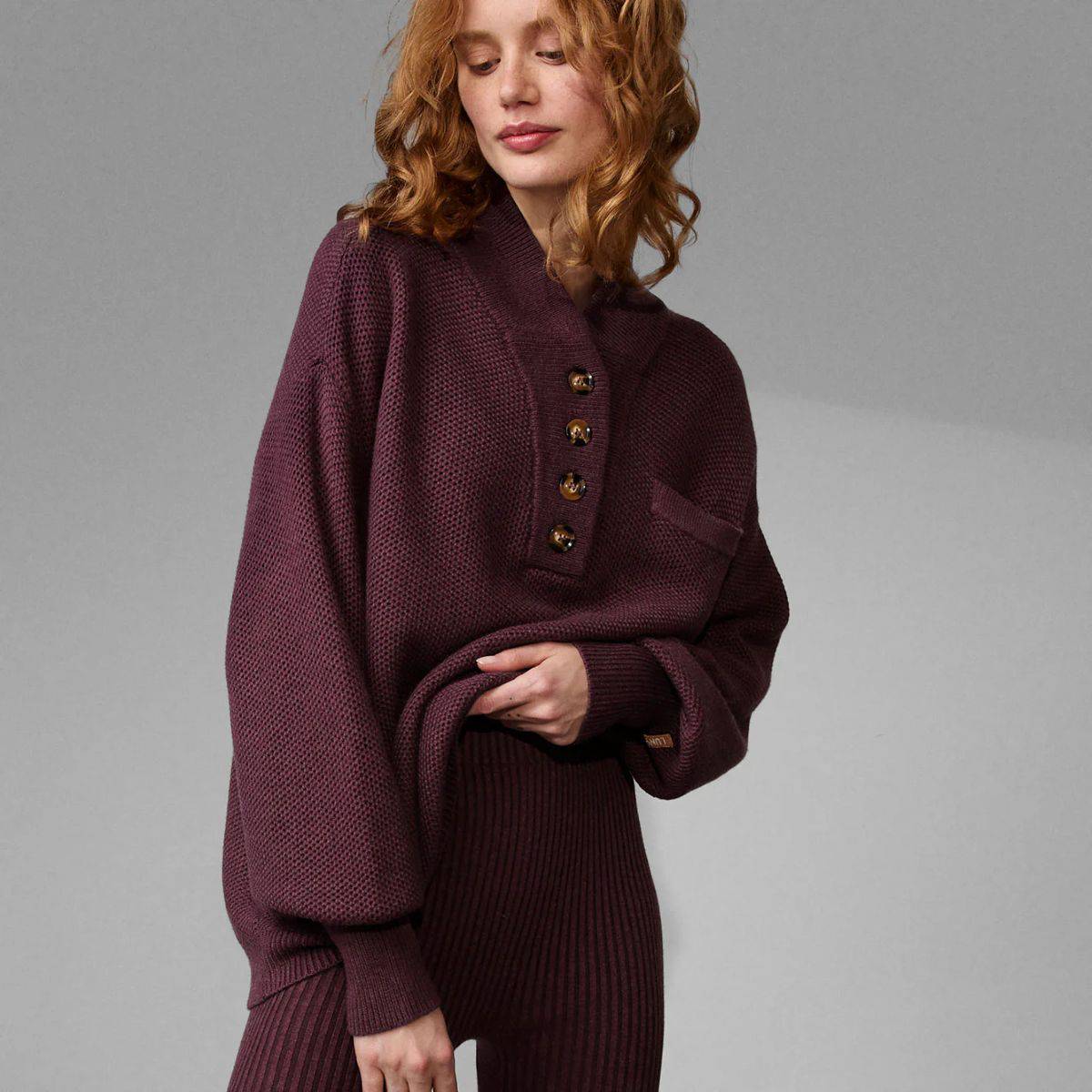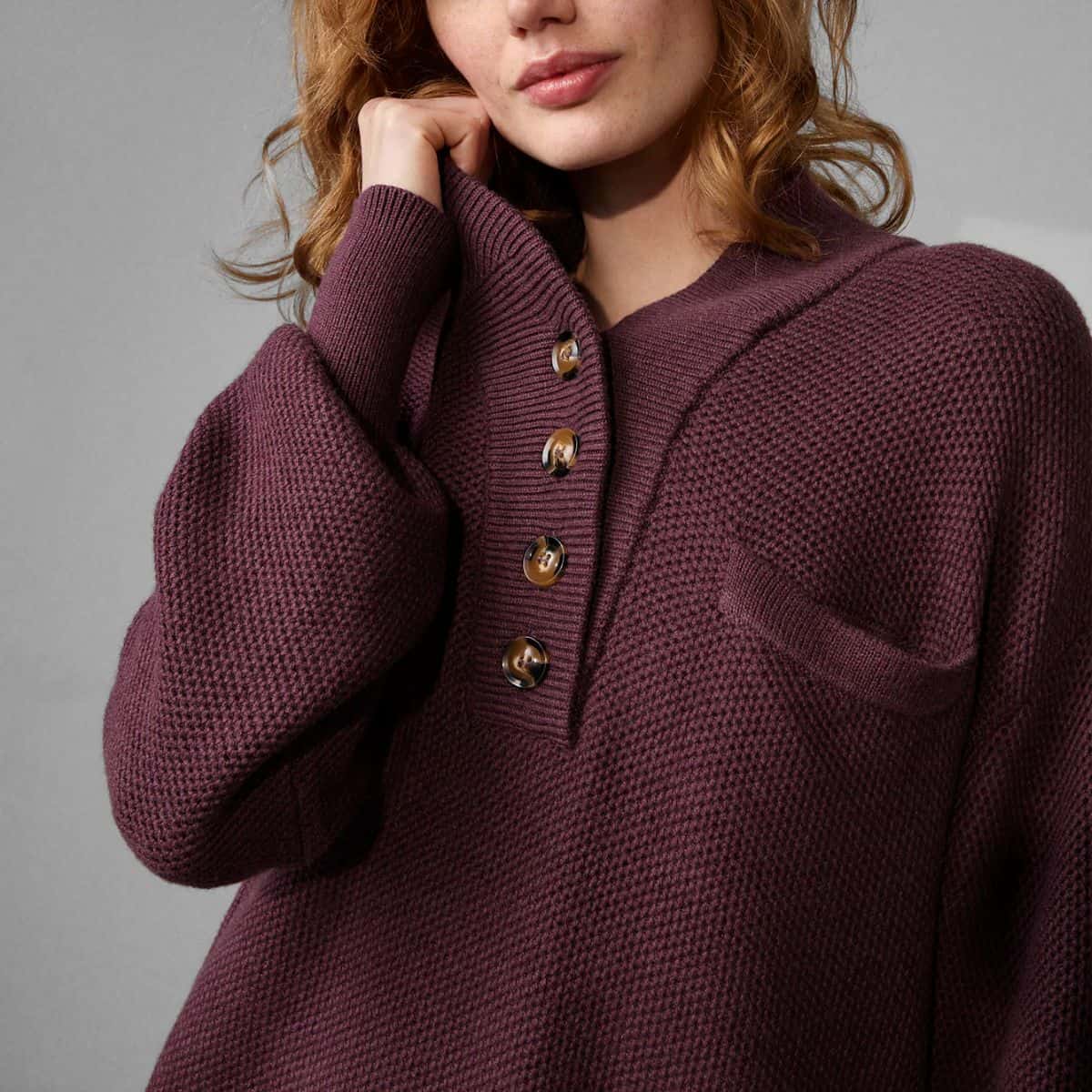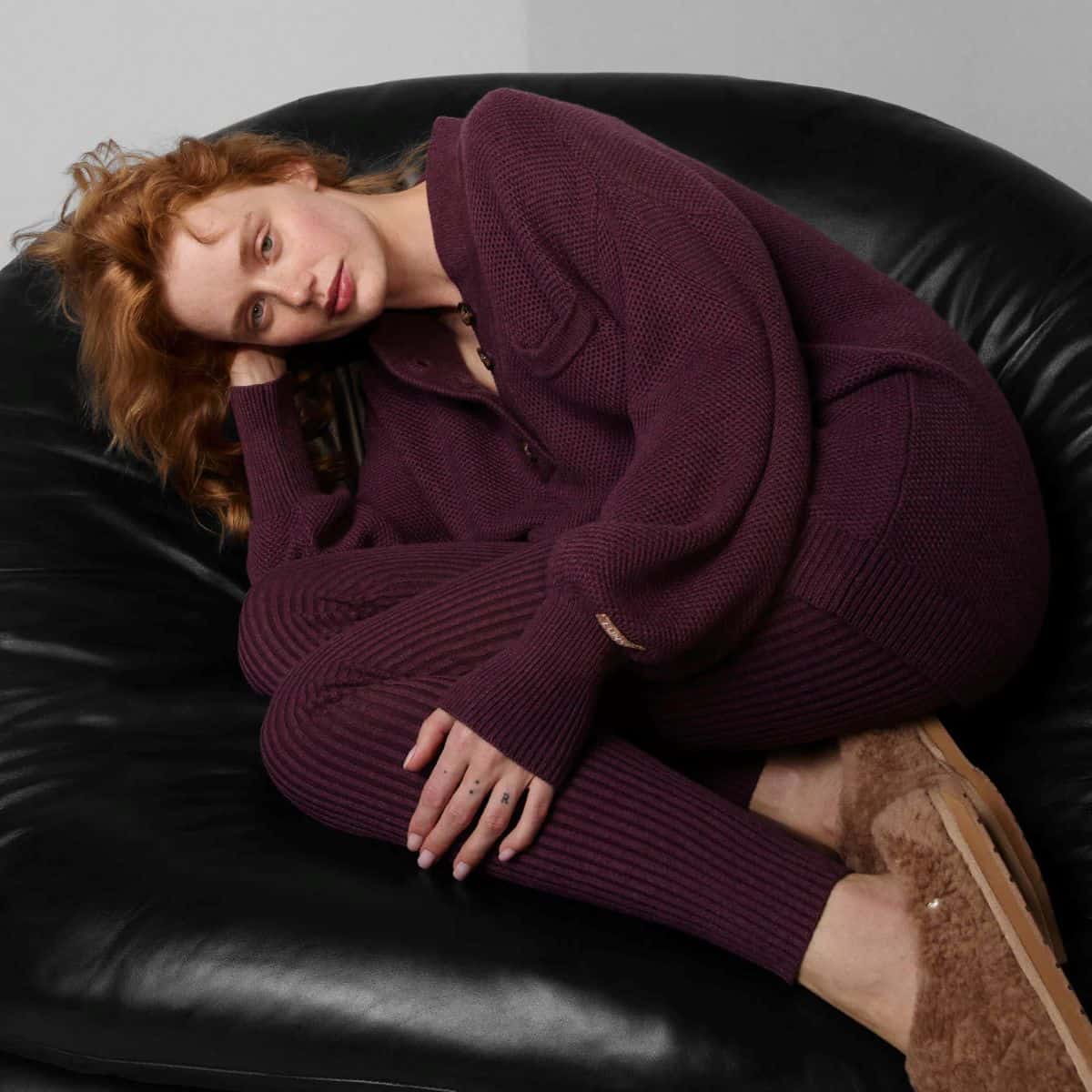When the temperature drops, finding the perfect balance of comfort and warmth becomes essential. Fabrics designed for chilly nights do more than just shield you from the cold—they can impact your overall well-being, sleep quality, and style. This article explores the fascinating science behind staying warm and the fabrics that make it possible.

The Science of Staying Warm: Fabrics Designed for Chilly Nights
1. The Role of Fabrics in Temperature Regulation
Certain fabrics are engineered to trap heat while allowing breathability. Materials like wool, fleece, and cashmere are excellent for insulating warmth, while synthetic fibers such as polyester can wick away moisture to prevent dampness during cooler nights.
Chilly nights call for fabrics that deliver on warmth, comfort, and breathability. For premium collections of cold-weather loungewear designed to meet these needs, visit Lunya’s Cold Nights Collection. They offer expertly crafted options that blend style with functionality, ensuring you stay cozy all season long.
2. Thermal Insulation: A Key Factor in Warm Fabrics
The ability of a fabric to retain heat lies in its structure. Fabrics with tightly woven fibers or added thermal linings create pockets of air, effectively trapping heat close to the body. This mechanism is especially vital during cold seasons.

3. Layering for Optimal Warmth
While fabrics are crucial, layering enhances their effectiveness. By combining breathable base layers with cozy outer layers, you can maintain a comfortable microclimate, even in fluctuating temperatures.
4. Natural vs. Synthetic: A Comparative Look
Natural fibers like wool and cotton are celebrated for their comfort and sustainability. However, synthetic alternatives such as fleece or microfiber offer durability and quicker drying times, making them ideal for nighttime loungewear.
5. The Importance of Softness in Cold-Night Wear
Fabrics for chilly nights shouldn’t just be warm—they should also feel soft against the skin. Rough materials can irritate and disrupt relaxation, whereas smoother options like jersey knit or silk blends enhance comfort.
6. Breathability Without Compromising Warmth
One of the greatest challenges in designing warm fabrics is ensuring breathability. Overheating can lead to sweating, which cools the body down. Materials like merino wool strike the perfect balance, offering warmth and moisture-wicking properties.

7. The Role of Sustainable Materials
Eco-friendly options, such as organic cotton or recycled polyester, are becoming popular choices. These materials provide warmth without compromising the planet, aligning with sustainable lifestyle practices.
8. Advances in Fabric Technology
Innovations like thermal mapping and smart textiles have revolutionized the industry. These technologies adapt to body heat and external temperatures, offering tailored warmth and enhanced functionality for loungewear.
9. How "Warm Loungewear" Impacts Sleep Quality
Your choice of evening attire directly affects your rest. Wearing warm loungewear designed with heat-retentive fabrics can promote uninterrupted sleep by maintaining optimal body temperature throughout the night.
10. Styling Tips for Cold-Night Fabrics
Who says warm clothing can't be stylish? Designers have integrated chic aesthetics with functional materials, ensuring you stay fashionable even in your coziest moments at home.





Leave a Reply